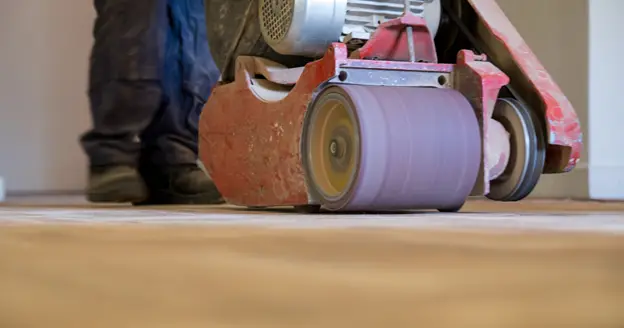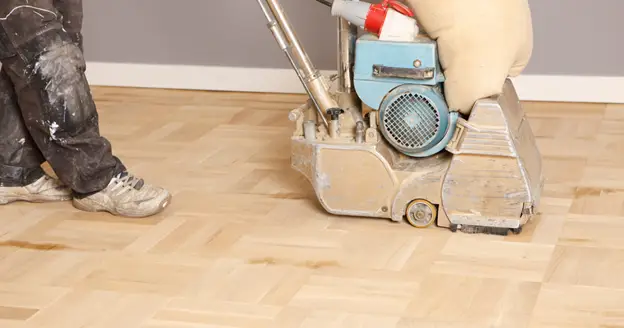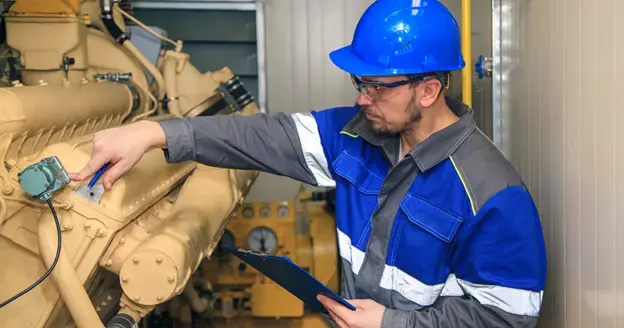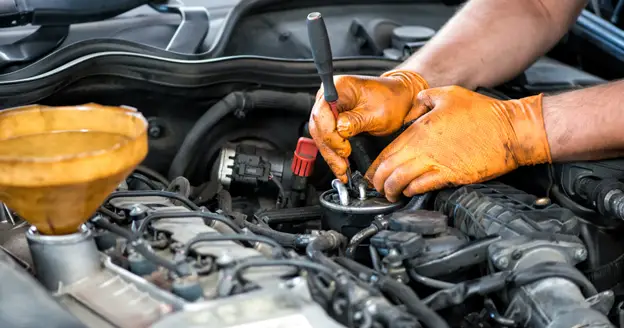“If your RV needs immediate repair and you are stuck on how much are RV repairs this post provides you with an in-depth analysis on what you should expect.”
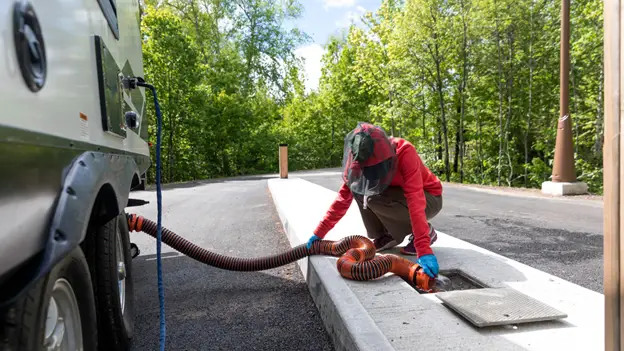
The beauty of an RV lies in the freedom, flexibility, and comfort it offers for travel and exploration.
My last journey with my family to Florida was so satisfying until we stopped to get drinks and stretch our legs at a fuel station, and I couldn’t be more surprised when we came back to a wet ground filled with oil.
Of course, I thought we could find the spot that was leaking and block it up, but my husband was sure that was the end of our journey. I mean, with our type of RV, the Class A diesel pushers, my husband was quick to search for mobile RV service near me, book hotel accommodations, and I was just there, mourning the beautiful journey that had come to an end.
One thing to note about RVs is that they will always need repairs at some point in time. To stay on top of that, you need to understand the type of RV you have, as well as the cost of any necessary repairs.
Now, following that incident, I have decided to put this post together to share my experience and help as many people as possible who may one day find themselves in a similar situation. If you are reading this post, I can already assume that you are, so keep reading.
What Are the Types of RVs
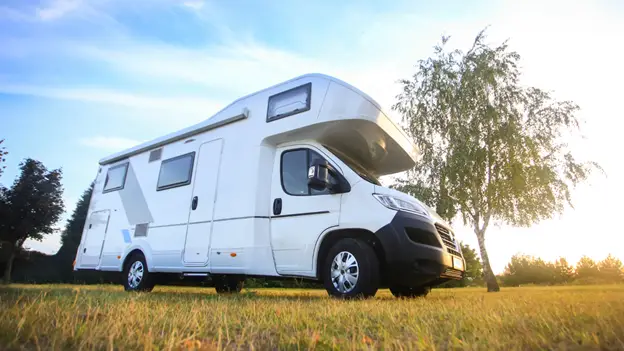
At the basic level, RV models can be categorized into two main types: motorized and non-motorized.
Motorized RVs (Motorhomes):
- These RVs have their own engine and driving chassis, allowing them to be driven and camped in without needing a separate vehicle.
- Examples include Class A (often large and luxurious), Class B (smaller, van-based), and Class C (built on a truck or van chassis).
Non-Motorized RVs (Towables):
- These RVs are designed to be towed by another vehicle (truck, SUV, etc.).
- Examples include travel trailers, which attach to a bumper hitch, and fifth wheels, which attach to a hitch in the truck bed.
- Towables also include pop-up campers and truck campers, which are designed to be towed or carried by a truck.
Now, let’s look at the different motorized and towable trailers available.
Class A RV
Class A RVs are the largest type of motorhomes available. Their lengths can range from 20 feet to 45 feet, with some models accommodating as many as eight or ten people. Class A vehicles elevate features and amenities to the next level.
Their large bus frames, built on a truck chassis, allow RV manufacturers to create heavier and more spacious vehicles. These motorhomes are equipped with spacious bedrooms, modern bathrooms, and fully equipped kitchens.
Class A motorhomes are powered by two different engine types. The lighter, smaller models usually have a gas engine, whereas the bigger, heavier ones have a diesel engine.
Class B RV
Class B RV models are the smallest option, but that doesn’t mean you have to forgo the most important features. Although most Class B motorhomes lack slide-outs, they still include luxurious amenities such as kitchens, beds, and sometimes a restroom and shower. They’re more agile than most other RVs and can camp in remote areas that other types of RVs can’t reach.
They provide living areas that are ideal for small groups of 2 to 4 individuals. They are also known as campervans, and come with two types of engines: gas and diesel.
Class Bs, also known as campervans, come with two types of engines: gas and diesel. They’re more agile than most other RVs and can camp in remote areas that other types of RVs can’t reach.
Class C RV
Class C motorhomes provide outdoor adventures for larger families at a more affordable rate compared to Class A motor coaches.
If you’re in search of a vehicle that’s easier to move, slightly more fuel-efficient than a Class A, yet still offers a fair amount of space, Class C campers could be a suitable choice for you.
These medium-sized vehicles typically range from 20 to 32 feet in length. Each model is constructed on a standard van chassis, which makes them feel more comfortable to drive compared to the larger, bus-like Class A models.
Class C motorhomes are ideal for first-time RV enthusiasts or those looking to upgrade from a towable camper to a motorized option. The dimensions of Class C motorhomes vary, with the smallest models measuring 25 feet 2 inches in length, while the largest ones reach 39 feet 4 inches and can accommodate up to 7 to 9 people comfortably.
Factors That Affect RV Repair Costs
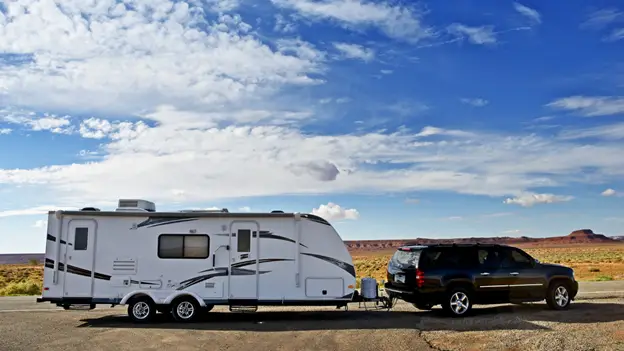
Now, these are the common types of RVS I know, discussed above, and the cost of repair for each can vary widely, but generally range from a few hundred dollars for minor fixes to tens of thousands for major repairs. Let’s look at some of these factors:
- Type of RV: Class A motorhomes, being the largest, tend to have more expensive repairs due to their complexity and size. Fifth wheels and travel trailers can have varying repair costs depending on the specific components and issues.
- Specific Issue: Simple repairs like a broken water pump or a faulty appliance will be less expensive than major engine or transmission problems.
- Parts Needed: The cost of replacement parts can vary significantly. OEM parts will generally be more expensive than aftermarket or used parts.
- Labor Costs: Labor rates for RV repair can vary by location and the shop’s expertise.
- RV Age and Condition: Older RVs may require more frequent and expensive repairs.
- Warranty Coverage: If your RV is still under warranty, some repairs may be covered, reducing your out-of-pocket expenses.
Common RV Repairs and Costs
Let’s take a closer look at some of the common RV repairs and their estimated costs. Keep in mind that these figures are approximations and can differ based on the factors mentioned earlier.
- Engine and Mechanical Repairs: These can be very expensive, potentially costing $1,000 to $ 10,000 or more for issues such as engine repairs or transmission problems.
- Plumbing and Water System: Leaks, water pump issues, and waste system problems can range from $100 to $2,500.
- Roof Repairs: Roof leaks and damage can be costly, potentially ranging from $500 to $ 5,000 or more.
- Electrical Repairs: From simple fixes, such as fuses and circuit breakers, to more complex rewiring, costs can range from $150 to $ 2,500 or more.
- AC and Heating System: Repairs to the air conditioning or heating systems can range from $200 to $ 1,500 or more.
- Slide-Out and Awning Repairs: Slide-outs and awnings can be expensive to repair, potentially costing between $500 and $ 2,500.
- Tire Replacement: Replacing worn tires can cost $100 to $300 per tire.
- Refrigerator: Refrigerator repairs or replacements can range from $2,000 to $12,500
- Leveling System: Repairs to the leveling jacks can range from $500 to $10,000.
- Waste System: Black tank repairs can range from $1,500 to $5,000
Conclusion
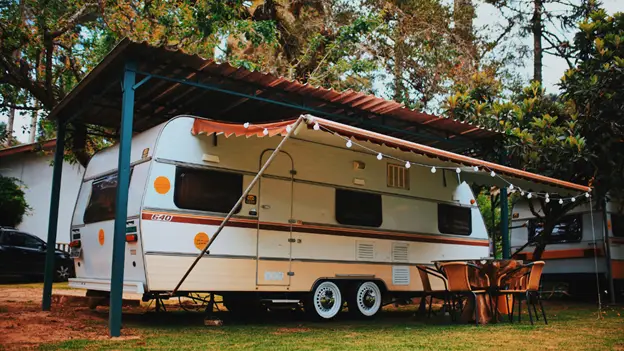
Unfortunately, RVs demand more upkeep than houses do. Each time an RV travels, it undergoes a level of stress comparable to a significant earthquake, which is likely to damage some of the numerous moving components in it.
While people might say that the most effective way to cut costs is by fixing your RV yourself, I promise you that even a minor repair can turn into a costly one if it’s not done correctly the first time. So, it is best to contact your nearest mobile repair professionals to ensure a job well done.
That’s why for your RV repairs, I would recommend The Mobile RV Repair Company. With more than 40 years of experience, their qualified technicians offer extensive knowledge for every task.
They take pride in delivering exceptional RV repair and maintenance services throughout San Luis Obispo County. Whether you require repairs, maintenance, or upgrades, they are committed to offering excellent solutions for your RV and your peace of mind.


















